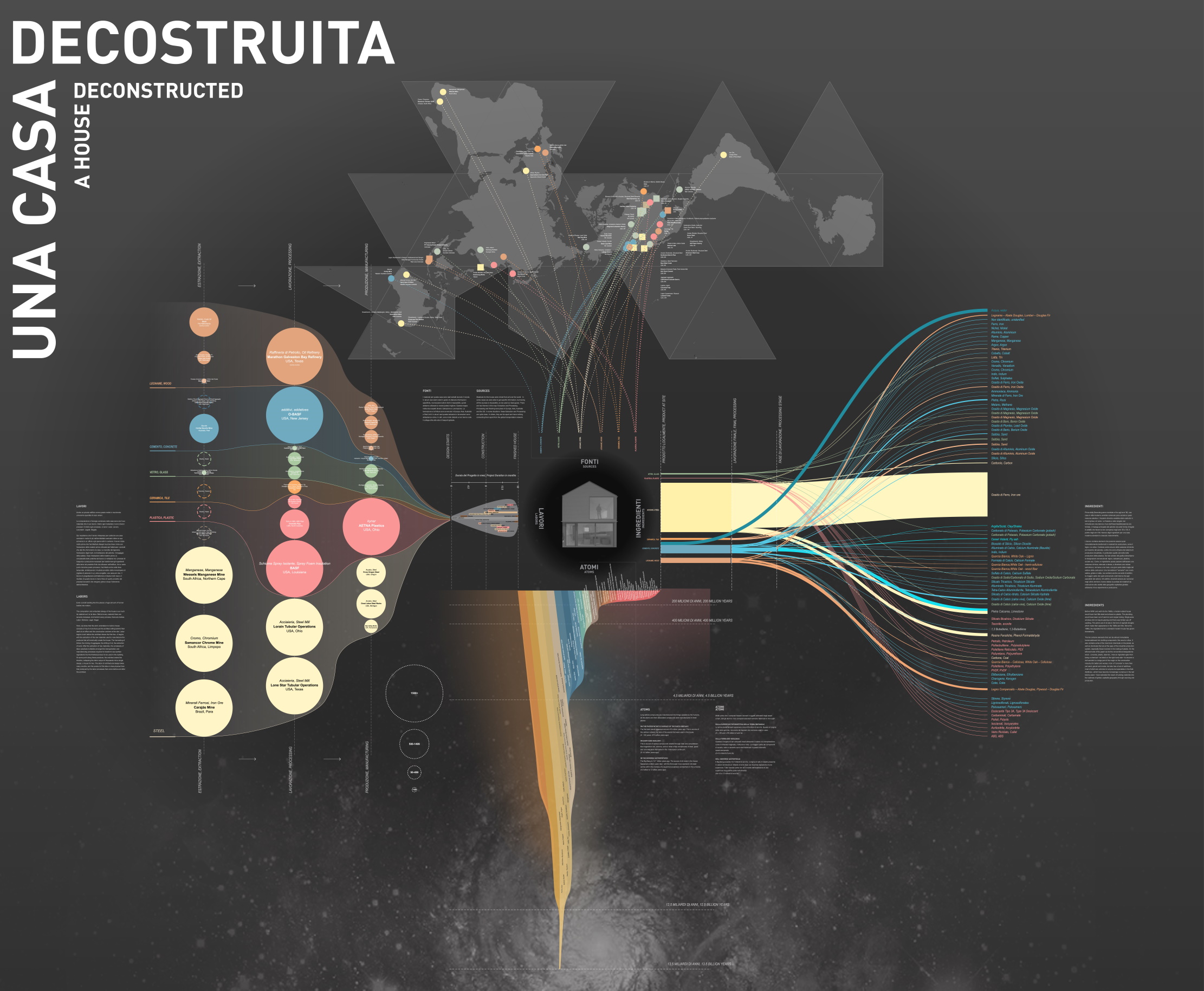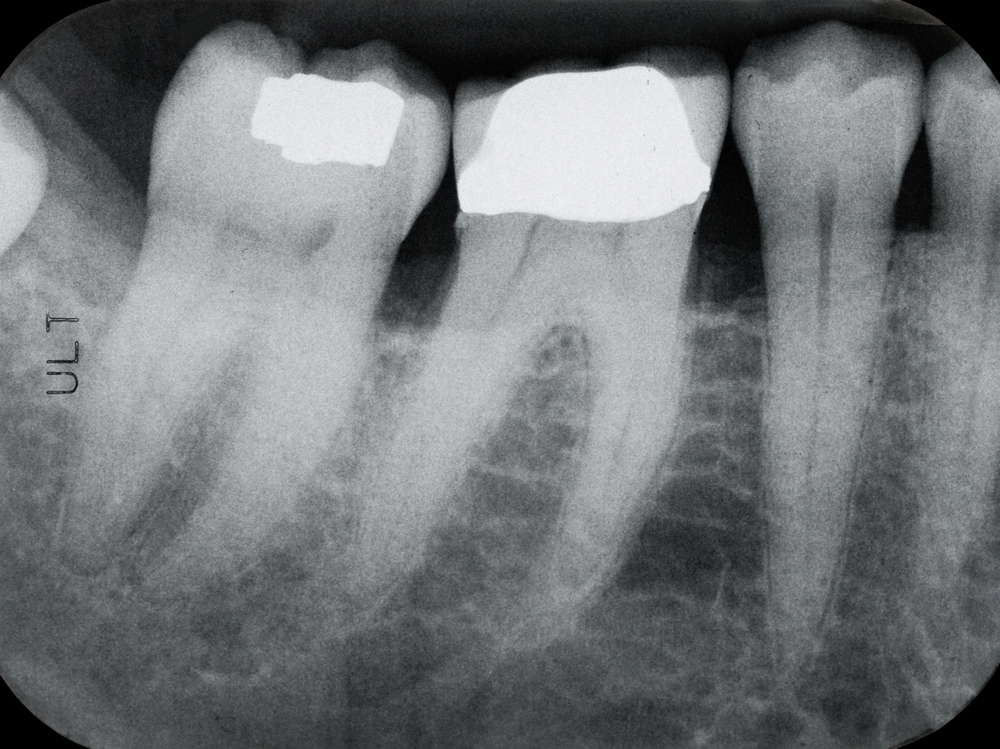Animated Educational Videos Promote Learning Among Farmers
Original Article Reference
This SciPod is a summary of the paper:
doi.org/10.1080/02681102.2017.1298077
About this episode
There are up to one billion people with low literacy globally, many of whom live in rural areas and only speak their region’s local language. In Africa alone, there are an estimated 2000 local languages. Researchers are exploring new ways to make knowledge accessible to isolated communities that only speak local languages. One approach involves the use of animated educational videos, which can be dubbed in any language and can be shared in rural communities. In a study conducted in Benin, Dr Julia Bello-Bravo of Purdue University compared the effectiveness of animated educational videos to traditional presentations. This work was performed in collaboration with Benin’s International Institute for Tropical Agriculture. Dr Bello-Bravo’s team found that, not only did participants prefer videos, they actually learned more from them too.
This work is licensed under a Creative Commons Attribution 4.0 International License. 
What does this mean?
Share: You can copy and redistribute the material in any medium or format
Adapt: You can change, and build upon the material for any purpose, even commercially.
Credit: You must give appropriate credit, provide a link to the license, and indicate if changes were made.
More episodes
Dr. Nicole Letourneau | Improving Parenting and Child Outcomes Through Reflective Functioning: Results from the ATTACH™ Program
Early adversity, such as family violence, parental depression and low income, puts children at risk for maltreatment and negatively impacts their development. A team of researchers led by Nicole Letourneau at the University of Calgary has evaluated a promising intervention called ATTACH™ (which is short for Attachment and Child Health) that aims to improve outcomes for vulnerable families by enhancing parental reflective functioning.
Professor Mark Jarzombek | A House Deconstructed: Uncovering the Hidden History of the Modern House
The full extent of the labour and resources which go into creating a modern house is hidden deeply within the buildings we call home. Professor Mark Jarzombek of MIT and Professor Vikramaditya Prakash of the University of Washington are co-founders of the Office of Uncertainty Research, a research collaboration that is dedicated to rethinking architecture in a modern context. Through their research, Jarzombek and Prakash investigate these hidden stories by exploring the history of a recently built modern house in Seattle. Their findings reveal that the presumed transparency of modern architecture conceals deep ethical and environmental challenges, inspiring a call for a critical reassessment of how our current construction practices should be understood and approached.
Prof. Andisheh Dadashi | Unraveling the Mysteries of Human Embryo Metabolism: Insights from Computational Models
Metabolism is the cornerstone of life, orchestrating the myriad chemical reactions that sustain cells, tissues, and organisms. It drives growth, division, energy production, and cellular maintenance. For scientists, understanding metabolism, particularly during the earliest stages of human development, holds the key to uncovering the origins of various diseases and developmental disorders. However, studying metabolism in human embryos presents formidable challenges due to ethical considerations, their tiny size, and the intricate web of metabolic pathways. In a groundbreaking study, researchers Prof. Andisheh Dadashi and Derek Martinez of the University of New Mexico-Valencia leveraged advanced computational models to shed light on the metabolic processes occurring in human embryos during the critical peri-implantation stage.
Dr Hosam Alharbi | Estimating Human Age Using Wide View Digital Dental Images
Dental features have been used to estimate age in humans for centuries and may be used with great accuracy in both living and deceased individuals. However, refinement of these techniques to align with modern clinical practice is ongoing. Dr Hosam Alharbi and colleagues at Qassim University in Saudi Arabia have introduced an amended version of an established technique to assess whether dental imaging systems used in modern clinics are suitable for determining human age.
Increase the impact of your research
• Good science communication helps people make informed decisions and motivates them to take appropriate and affirmative action.
• Good science communication encourages everyday people to be scientifically literate so that they can analyse the integrity and legitimacy of information.
• Good science communication encourages people into STEM-related fields of study and employment.
• Good public science communication fosters a community around research that includes both members of the public, policymakers and scientists.
• In a recent survey, 75% of people suggested they would prefer to listen to an interesting story than read it.

Step 1 Upload your science paper
Step 2 SciPod script written
Step 3 Voice audio recorded
Step 4 SciPod published




